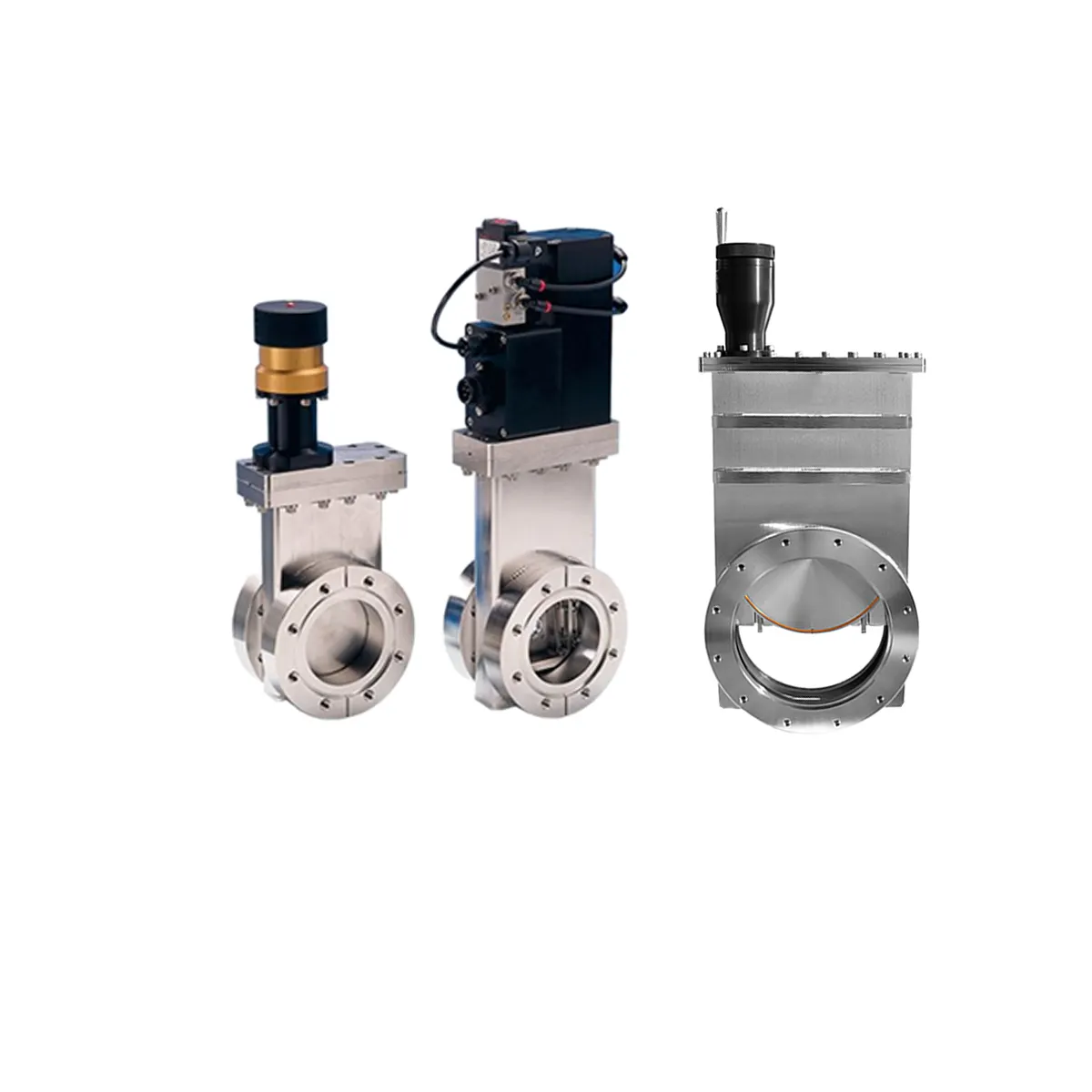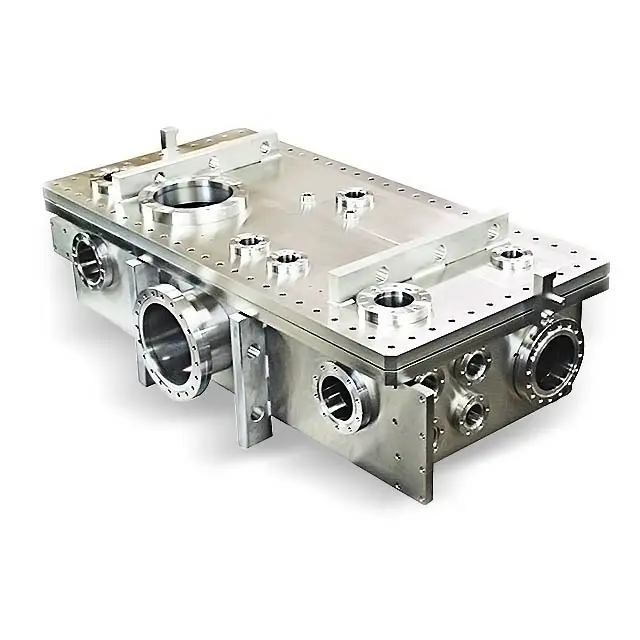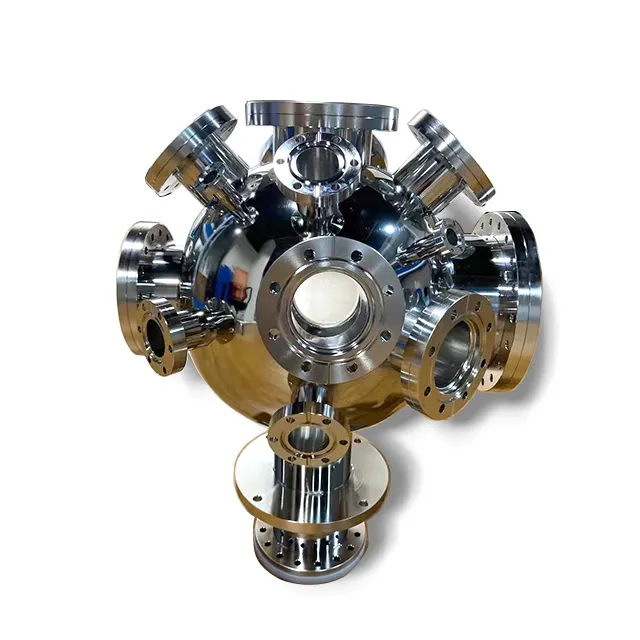turbo vacuum fitting
A turbo vacuum fitting is an essential component in high-performance automotive systems, specifically designed to optimize the operation of turbocharged engines. This precision-engineered component serves as a crucial interface between the turbocharger and the vacuum system, ensuring proper boost control and waste gate operation. The fitting is manufactured from high-grade materials, typically aircraft-quality aluminum or stainless steel, to withstand extreme temperatures and pressures encountered in turbocharger applications. Its design incorporates precise threading and specialized sealing surfaces to maintain airtight connections, preventing boost leaks and maintaining system integrity. The fitting features carefully calibrated internal passages that help regulate vacuum pressure, contributing to optimal turbocharger performance and engine efficiency. Most turbo vacuum fittings are designed with universal compatibility in mind, accommodating various turbocharger models and vacuum line sizes through standardized connection points. The component's construction also includes corrosion-resistant properties, ensuring long-term durability in challenging engine bay environments. Advanced models may incorporate integrated check valves or multiple ports for complex boost control setups, making them versatile for both standard and custom turbo applications.


